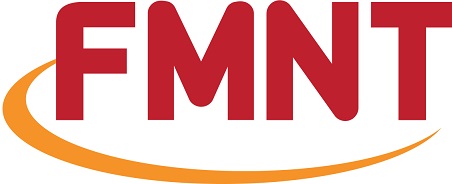On the interest of carbon-coated plasma reactor for advanced gate stack etching processes
Résumé
In integrated circuit fabrication the most wide spread strategy to achieve acceptable wafer-to-wafer reproducibility of the gate stack etching process is to dry-clean the plasma reactor walls between each wafer processed. However, inherent exposure of the reactor walls to fluorine-based plasma leads to formation and accumulation of nonvolatile fluoride residues (such as AlFx) on reactor wall surfaces, which in turn leads to process drifts and metallic contamination of wafers. To prevent this while keeping an Al2O3 reactor wall material, a coating strategy must be used, in which the reactor is coated by a protective layer between wafers. It was shown recently that deposition of carbon-rich coating on the reactor walls allows improvements of process reproducibility and reactor wall protection. The authors show that this strategy results in a higher ion-to-neutral flux ratio to the wafer when compared to other strategies (clean or SiOClx-coated reactors) because the carbon walls load reactive radical densities while keeping the same ion current. As a result, the etching rates are generally smaller in a carbon-coated reactor, but a highly anisotropic etching profile can be achieved in silicon and metal gates, whose etching is strongly ion assisted. Furthermore, thanks to the low density of Cl atoms in the carbon-coated reactor, silicon etching can be achieved almost without sidewall passivation layers, allowing fine critical dimension control to be achieved. In addition, it is shown that although the O atom density is also smaller in the carbon-coated reactor, the selectivity toward ultrathin gate oxides is not reduced dramatically. Furthermore, during metal gate etching over high-k dielectric, the low level of parasitic oxygen in the carbon-coated reactor also allows one to minimize bulk silicon reoxidation through HfO2 high-k gate dielectric. It is then shown that the BCl3 etching process of the HfO2 high-k material is highly selective toward the substrate in the carbon-coated reactor, and the carbon-coating strategy thus allows minimizing the silicon recess of the active area of transistors. The authors eventually demonstrate that the carbon-coating strategy drastically reduces on-wafer metallic contamination. Finally, the consumption of carbon from the reactor during the etching process is discussed (and thus the amount of initial deposit that is required to protect the reactor walls) together with the best way of cleaning the reactor after a silicon etching process.
Domaines
Physique [physics]
Origine : Publication financée par une institution

